There’s something magical about the way our sense of smell connects directly to our memories, especially those precious moments spent at grandma’s house. The unique blend of aromas that filled her home created a sensory landscape that many of us can still recall with stunning clarity decades later. As you read through this list, close your eyes for a moment after each entry and see if these familiar scents don’t transport you right back to those cherished visits.
1. Fresh-Baked Apple Pie

That unmistakable combination of cinnamon, nutmeg, and bubbling apple filling wafting through the house announced that grandma was working her magic in the kitchen again. The buttery, flaky crust scent mingled with the sweet tang of apples created an aroma so powerful it coud lure you from anywhere in the house. Even today, passing a bakery window can stop you in your tracks as that familiar smell pulls you back through time. As described in Southern Living, the history of apple pie is itself a reflection of the United States itself and tastes as good as the American Dream itself.
The anticipation was almost unbearable as you watched the golden-brown masterpiece cooling on the windowsill, wisps of steam carrying that heavenly fragrance. Grandma would shoo away eager fingers, insisting it needed proper cooling time before the first slice could be cut. The reward for your patience was always worth it: that first warm bite accompanied by the concentrated essence of the scent that had been torturing you deliciously for hours.
2. Oil of Cloves

That sharp, medicinal scent that somehow managed to be both comforting and slightly intimidating at the same time—the distinctive aroma of oil of cloves. Grandma reached for this remedy at the first mention of a toothache, dabbing it carefully on a cotton ball before applying it to the offending tooth. The powerful smell would fill the bathroom as she tended to your pain with the same gentle hands that rolled out pie crusts. Healthline delves further into the nuanced benefits of this essential oil, as well as how it use it.
Years later, catching even the faintest whiff of cloves can trigger not just the memory of dental discomfort but the tender care that came with it. The scent carries with it the implicit message that pain is temporary and that you were safe in capable hands. Many of us still keep a small bottle tucked away in the medicine cabinet, continuing the tradition whenever a tooth begins to throb.
3. Lavender Sachets in Dresser Drawers
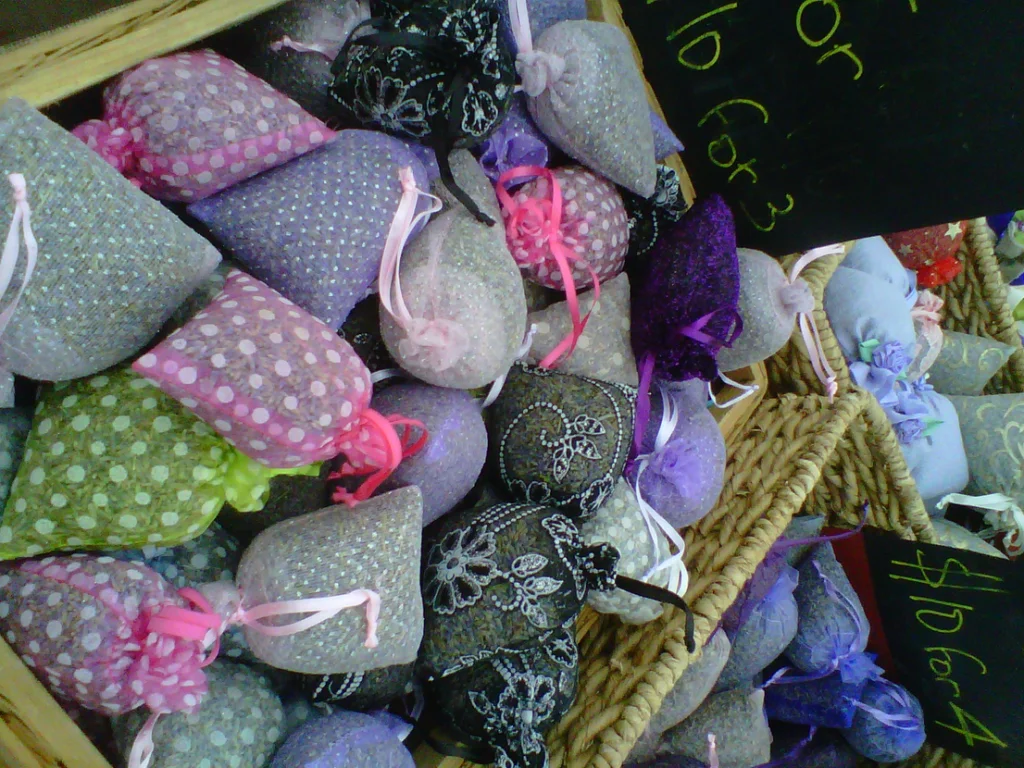
Opening any drawer in grandma’s bedroom released the gentle, calming scent of lavender that she carefully preserved in handmade sachets. The little fabric pouches, often crafted from scraps of favorite old dresses, were tucked between neatly folded linens and nightgowns. That distinctive floral fragrance somehow embodied grandma’s approach to homemaking—practical yet beautiful, simple yet meaningful.
The scent lingered on everything that came from those drawers, from the crisp pillowcases on the guest bed to the handkerchief she might pull from her pocket at church. Many of us picked up this habit ourselves, placing lavender sachets in our own dresser drawers as young adults setting up our first homes. The tradition connects generations, a simple sensory thread that ties our present to our past with each gentle breath of lavender.
4. Coffee Percolating at Dawn
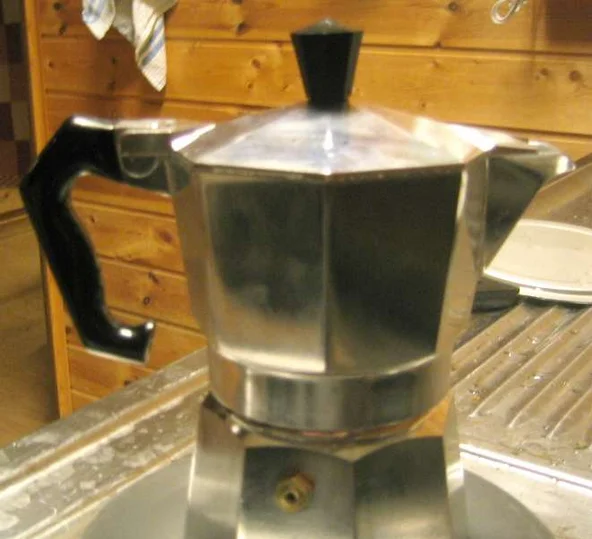
The rhythmic bubbling of the percolator and the gradually intensifying aroma of coffee often served as the first signal that grandma was already up and starting her day. That rich, roasted fragrance would wind its way up the stairs and under doorways, gently coaxing sleepy grandchildren from their dreams. In grandma’s house, coffee wasn’t just a beverage but a ritual, marking the transition from night to day with its distinctive perfume.
The scent grew stronger as you made your way to the kitchen, where grandma would be going about her morning routine with quiet efficiency. The percolator continued its gentle gurgling on the countertop, occasionally releasing a particularly fragrant puff of steam. Even if you were too young for coffee yourself, being enveloped in that aroma made you feel grown-up and included in the adult world of morning conversations.
5. Moth Balls in the Closet

That unmistakable, chemical odor that greeted you when helping grandma fetch something from the guest closet or attic was the smell of careful preservation. Though not particularly pleasant, the pungent aroma of moth balls represented grandma’s dedication to protecting special things for future use or future generations. Winter coats, wedding dresses, and holiday decorations all carried that distinctive scent when brought out of storage.
The mothball smell often lingered on special occasion clothes even after airing out, a slightly embarrassing but ultimately comforting reminder of grandma’s presence. As children, we might have wrinkled our noses, but there was something reassuring about how this scent signaled that cherished items were being protected against the ravages of time. Today, environmentally-friendly alternatives have largely replaced these harsh chemicals, but nothing quite captures that specific memory like the original aroma.
6. Lemon Furniture Polish
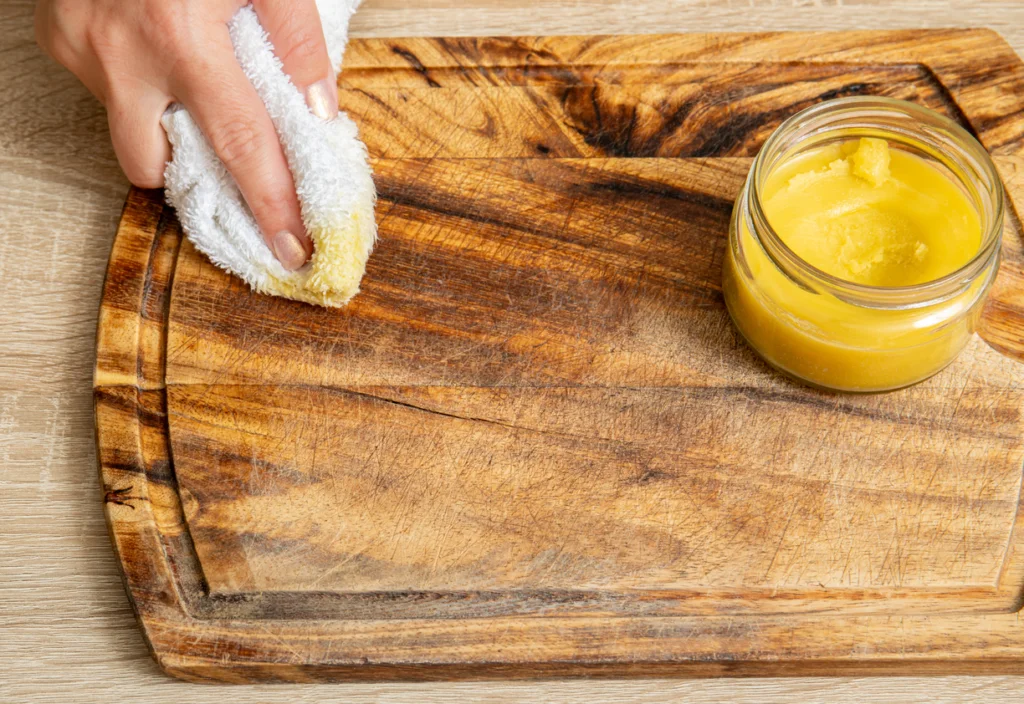
Saturday mornings at grandma’s house often carried the bright, citrusy scent of lemon furniture polish as she maintained her cherished wooden pieces. The tangy aroma would fill the living room as she lovingly buffed her coffee table, end tables, and dining room set with a soft cloth. That gleaming furniture wasn’t just clean—it was honored, respected, and maintained with a ritualistic care that taught us about valuing possessions.
The lemon scent lingered for hours, mixing pleasantly with sunshine streaming through freshly washed windows. Even now, the distinctive smell of lemon polish can trigger memories of watching grandma’s hands move in practiced circles across wooden surfaces. Many of us find ourselves reaching for the same yellow bottle when caring for our own furniture, continuing a tradition of maintenance and care that connects us to earlier generations.
7. Rose Water and Face Powder
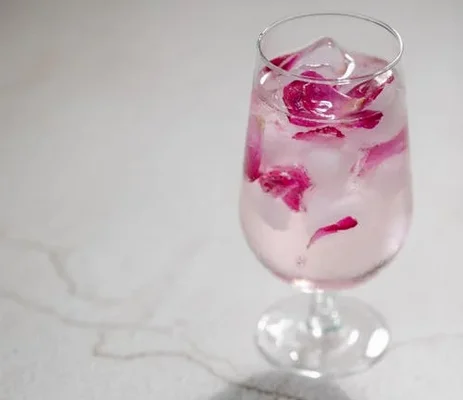
The delicate combination of rose water and face powder created the signature scent that seemed to follow grandma wherever she went. This subtle fragrance emanated from her dresser top, where pretty glass bottles and powder boxes with soft puffs stood in elegant formation. The scent was particularly noticeable when she leaned down to bestow a kiss, her soft cheek carrying that powdery, floral perfume.
This gentle aroma represented grandma’s daily ritual of “putting on her face” before presenting herself to the world. The timeless quality of these scents connected her to her own mother and grandmother, who likely used similar products in their own time. Even today, certain cosmetic counters can suddenly trigger a wave of nostalgia when they happen to stock products with that particular rose fragrance.
8. Vinegar and Newspaper for Windows

The sharp tang of vinegar mixed with the inky smell of newspaper created a distinctive cleaning aroma that meant grandma was tackling the windows. On bright spring days, this unique combination of scents would permeate the house as she methodically worked her way from room to room. The vinegar scent, initially overpowering, would gradually dissipate, leaving windows so clean birds sometimes flew into them.
As children, we might have been recruited to help, handed sections of newspaper and taught the proper technique for streak-free glass. The vinegar smell would linger on our fingers for hours, a badge of honor for having participated in the seasonal ritual. This particular cleaning method has largely been replaced by commercial sprays and paper towels, but the memory of that distinctive aroma combination remains powerfully evocative for anyone who experienced it.
9. Lilac Bushes Outside the Kitchen Window

Not all of grandma’s signature scents were inside the house—the intoxicating fragrance of lilac bushes planted deliberately outside kitchen windows created a seasonal treat. For a few precious weeks each spring, opening those windows would flood the kitchen with a sweet, heady perfume that no commercial air freshener has ever successfully replicated. Grandma planned her garden this way intentionally, knowing exactly when and how those fragrances would enter her home.
The lilac scent would cling to the kitchen curtains, which would billow gently in the breeze on warm days. Even when you couldn’t see the purple clusters from inside, their presence announced itself through that distinctive fragrance. Many of us, when establishing our own gardens years later, planted lilacs in similar locations—a horticultural homage to grandma’s sensory wisdom.
10. Mentholatum or Vicks VapoRub

That powerful, medicinal smell of camphor and menthol meant someone in the house had fallen ill and grandma was deploying her trusted remedies. The distinctive aroma would radiate from the afflicted person’s chest or feet, often covered in warm flannel after the ointment was generously applied. Somehow, just the smell itself seemed therapeutic, opening airways and signaling that healing measures were actively underway.
Grandma’s unflinching confidence in these remedies made you believe in their efficacy, regardless of what modern medicine might say. The ritual of application was as important as the product itself—her capable hands massaging the salve into congested chests with tender efficiency. Many of us reach for these same blue jars at the first sign of a cold, finding comfort not just in the active ingredients but in the sensory connection to grandma’s care.
11. Line-Dried Sheets

The indescribably fresh scent of sheets dried on an outdoor clothesline was the ultimate luxury of staying at grandma’s house. That distinctive fragrance—sunshine and fresh air captured in fabric—welcomed you when you climbed into the guest bed. No laundry detergent, regardless of manufacturer claims, has ever successfully bottled the authentic aroma of linens dried in the open air.
Grandma would time her laundry with the weather report, rushing to gather sheets from the line if rain threatened. The process required physical labor that modern conveniences have eliminated—the hauling of heavy wet linens, the stretching to reach clothespins, the precise folding while standing outdoors. Yet the reward was this incomparable freshness that wrapped around you as you slept, dreams influenced by the lingering scent of the outdoors.
12. Drawer Liners in the Kitchen

Opening any drawer in grandma’s kitchen released the subtle scent of drawer liners—those decorative paper sheets that protected both the wood and the contents. The fragrance was often floral or citrusy, a small accent that demonstrated grandma’s attention to even hidden details. These scented liners transformed the mundane task of fetching a utensil into a brief sensory experience.
The scent was particularly noticeable in drawers that held special occasion items—the good silver or holiday-specific utensils that weren’t in regular rotation. Over time, the drawer liners would absorb hints of other kitchen aromas, creating a layered fragrance unique to each kitchen. This practice of lining drawers has become less common in modern homes, but finding vintage drawer liners at estate sales can trigger an instant rush of kitchen memories.
13. Freshly Ironed Cotton
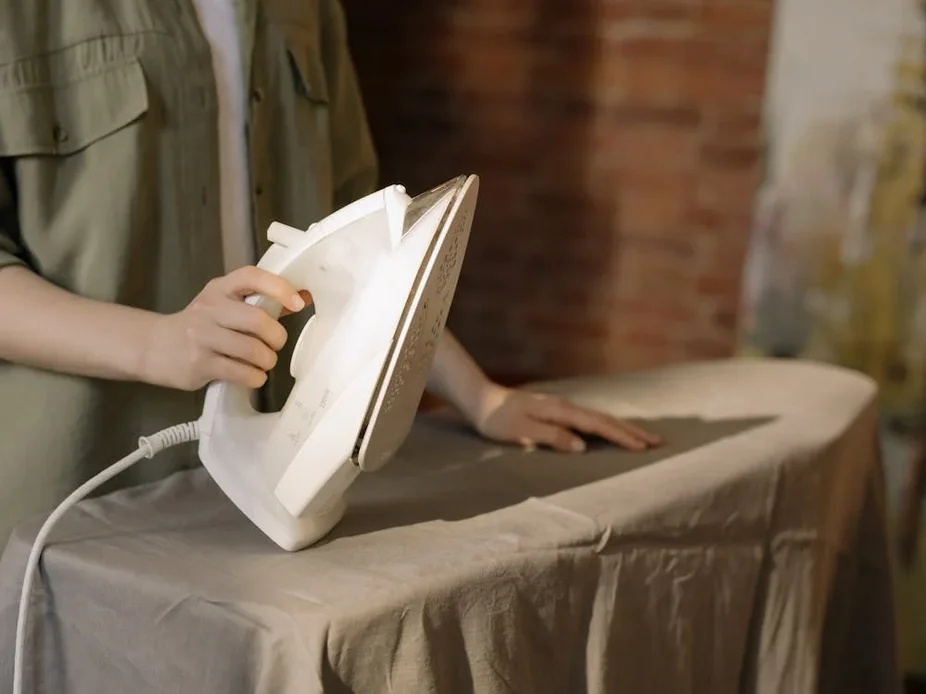
Few smells evoke grandma’s era more distinctly than the warm, clean aroma of freshly ironed cotton. The combination of steam, starch, and heated fabric created a scent profile that permeated the house on ironing day. Grandma would set up her board in a convenient location, often near a window or radio, and work through piles of wrinkled clothes with methodical precision.
The resulting fragrance was layered—part detergent, part starch, part the distinctive scent that occurs when heat meets cotton fibers. Items deemed worthy of this time-consuming process emerged transformed, not just in appearance but in smell. In an age of permanent press fabrics and casual wrinkles, this particular scent experience has largely disappeared from domestic life, making it all the more precious in memory.
The power of these aromas lies not just in the smells themselves but in how they connected to the rhythm of life in grandma’s house, each one tied to specific activities, seasons, or types of care. Time spent with grandma wasn’t just about special treats or independence from parents—it was an immersion in a sensory world slightly different from our everyday lives. While fashions change and technologies advance, these scent memories remain remarkably stable, ready to transport us across decades with a single unexpected whiff of something that smells just like grandma’s house.


